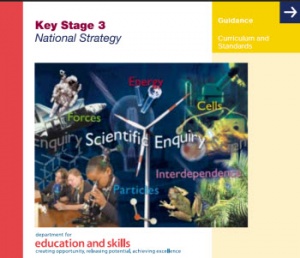Using Models and Modeling in Science
About. This 23-page study unit offers practical examples of using models for teaching science. It distinguishes between analogies such as 'energy as money' and 'digestive enzymes as scissors' and models such as using spheres to show day and night. It tells about different types of model as tools for explaining ideas. The final major part of the unit looks at using 'models' to give students an opportunity to write at length.
Pedagogical content. This resource describes the types of models(tool) that are useful in science teaching, distinguishing between scientific models and teaching models. Using numerous examples, it highlights each model's strengths and limitations. (edit)
| Resource details | |
| Title | Using Models & Modelling in Science |
| Topic | [[Topics/Models|Models]] |
| Teaching approach | [[Teaching Approaches/|]] |
| Learning Objectives | The document include activities and practical examples with the objective that you should see ways to use models effectively in science lessons, and select models with a critical eye. |
| Format / structure | one complete 28-page DfES document (Ref: DfES 0700-2004 G) in editable format (.doc) |
| Subject | [[Resources/Teacher Education|Teacher Education]], [[Resources/Science|Science]] |
| Age of students / grade | [[Resources/Secondary|Secondary]], [[Resources/Higher|Higher]] |
| Table of contents |
|
| Related ORBIT Wiki Resources | See other DfEScience(i) resources |
| Files and resources to view and download |
|



